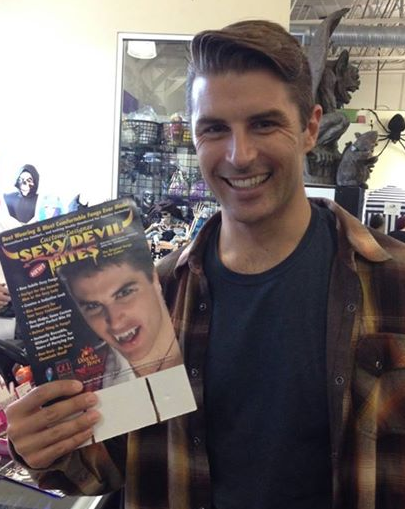In Other SocImages News:
- If you’d like a sneak peek behind the scenes, I enjoyed a nice chat with Kyle Green about the site that we recorded for The Society Pages podcast.
- We found ourselves cross-posted at Talking Points Memo this month. It’s the first, but hopefully not the last time!
- If you’re a technophile or a efficiency expert, I surely disappointed you at UseThis earlier this month.
- Thanks to Take Part Live for including me in their coverage of cause-based marketing and breast cancer. I held no punches!
Your Favorite Posts:
- Taking the Sexy Halloween Costume Trend to its Most Absurd (26,000 likes)
- My Two Cents on Feminism and Miley Cyrus (15,000 likes)
- A Halloween Gender Binary (4,500 likes)
- Halloween Costumes Then and Now: Yes, They’re Sexier (3,300 likes)
- Google Search Reveals What People Really Think about Men, Women, and Feminists (1,900 likes)
- Pinkwashing: Ethical Problems with Cause Based Marketing (1,700 likes)
Tweet of the Month:
Yeah, when musician Amanda Palmer tweeted a SocImages article to her one million followers and implied we were smart? That was cool.
Insult of the Month:
We don’t know who this “Linda Wade” chick is, but… BURN!
Social Media Milestones!
This month we breached 30,000 Facebook friends and 15,000 Twitter followers. Thanks to all of you who follow, like, and share! And, for the curious, you might be interested to know that after Google search, Facebook is the #1 referrer to SocImages; Twitter is in the mix too. So, for those of you who support our work, know that being a follower is a BIG help! :)
Finally…
SocImages fan Jason W. wishes you a bloody delicious Halloween! You should have made the face, Jason! Next time make the face! :)
Lisa Wade, PhD is an Associate Professor at Tulane University. She is the author of American Hookup, a book about college sexual culture; a textbook about gender; and a forthcoming introductory text: Terrible Magnificent Sociology. You can follow her on Twitter and Instagram.
















































